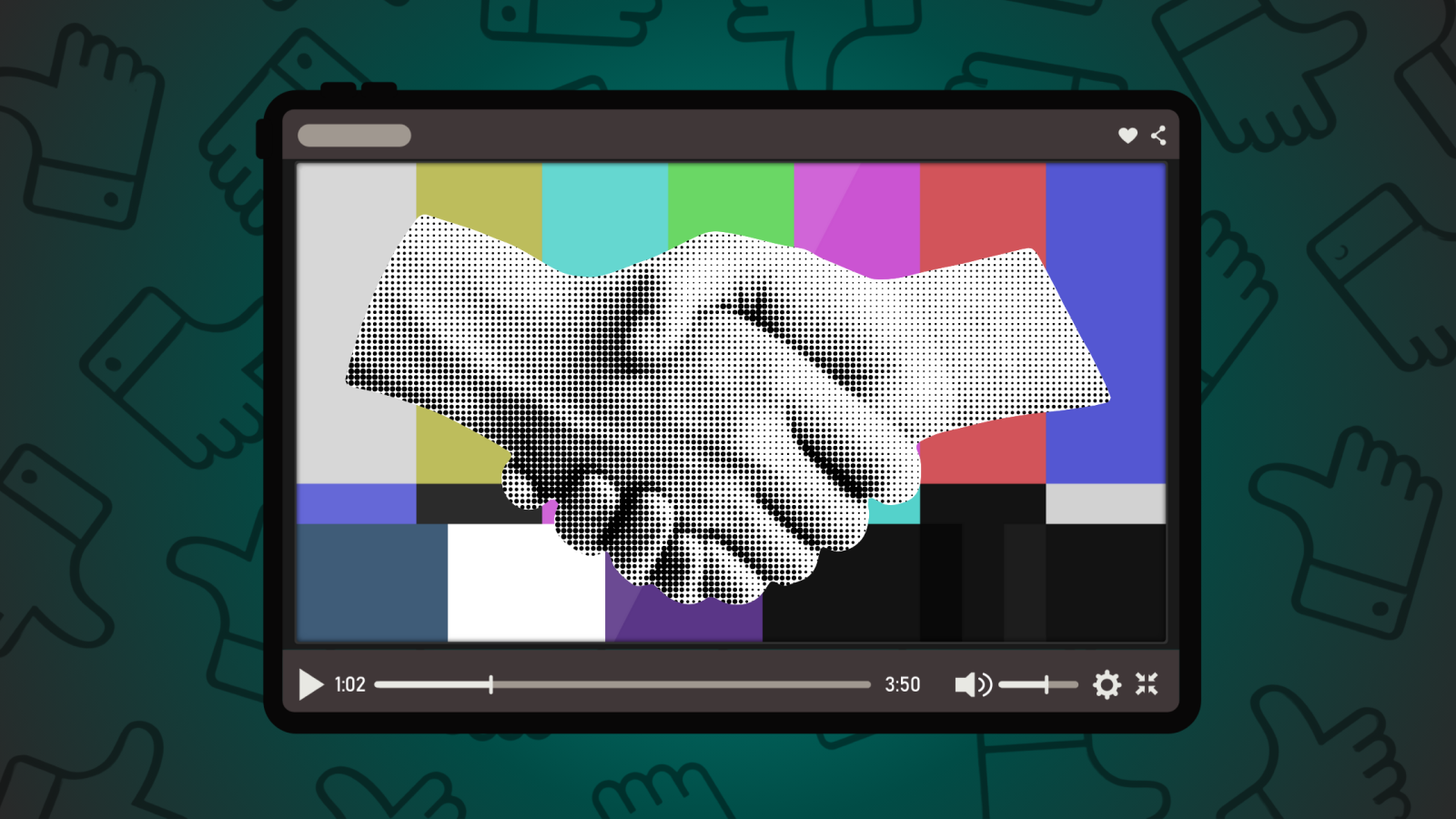Brands and social TV: The next big entertainment power move


One question is often asked when traditional entertainment companies start exploring a social-first strategy: how do we make it pay? It’s a valid line of inquiry that does not come with a neat answer. The trouble for traditional entertainment is that TV shows and movies need a chunk of up-front funding to cover production costs. Those costs can be sizeable. However, the industry is comfortable with these costs if they have a good grasp of how to cover them and turn a profit once they start distributing. Whether that is via streaming TV subscriptions, advertising, the income generated at the cinema box office, or rights sales.
Adapting a creator production cycle
The challenge with social platforms is that the monetisation approach traditional entertainment knows and understands does not directly translate. Creators turn their channels into well-monetised businesses with the create, publish, and optimise approach. They have lean and short content production cycles, publish on social platforms, and then use audience analytics to make informed decisions about how to improve engagement. This approach is not feasible for a traditional TV show production cycle that can cost between $50,000 to $500,000 per minute of filming and take 10 months to two years to produce. Therefore, traditional entertainment needs to adopt a leaner, creator-centric, approach to producing content if they want to cut through on social.
Still, this does not answer the question of how the content should be paid for. However, there are different strategic approaches emerging that give traditional entertainment options. Firstly, there is what could be described as the ‘audience foundation’ approach. This is where traditional entertainment companies publish and repackage pre-existing TV programming on social platforms to build an audience. This approach, used by the likes of Channel 4 in the UK, helps them understand how and what content their social audiences wish to consume. This gives the social-first content a better chance of being successful as the audience insight from ‘audience foundation’ approach can be fed into the content commissioning stage.
Yet even this may not be enough to convince traditional entertainment networks to divert funding away from the TV show model. This is especially the case if such content is going to be globally available on YouTube, thus limiting the ability to make money back via syndication. However, what traditional entertainment can do is look at how it is currently working for some creators and imitate that model.
Featured Report
The future of (US) TikTok Implications for the social marketplace
TikTok has played a significant role in digital culture over the last five years, driven largely by pandemic-era adoption and knock-on effects. From marketing strategies to viral trends, it has become inextricable from Gen Z culture. Yet it now faces risk of disruption in the US and possibly beyond as a result.
Find out more…Brands’ role in creator monetisation
One part that often plays a key role in the monetisation mix is brand partnerships. In October 2025, consumer tech creator Becca Farasace revealed how she made $150,000 from the ground up in one year by producing social content. After initially going into debt, she built a multi-pronged business that was profitable by publishing one YouTube video per week. She shared the breakdown of her income:
- Brand deals: $113,483.55
- YouTube (advertising and donations): $15,513.84
- Patreon (monetising super fans): $10,275.27
- Miscellaneous (speaking gigs etc): $12,298
In this instance, brand partnerships made up 75% of total income with YouTube and Patreon making up a combined 17%. While Becca’s content revolved around reviewing consumer tech, her revenue mix is not uncommon and shows just how important brand deals are to building and sustaining YouTube channels.
Of course, brand deals are nothing new in the world of TV shows and movies – think product placement in James Bond movies. However, it remains a smaller part of the monetisation mix. This is not the case on social platforms where brands are now directly funding and producing their own shows, such as Nike’s "Margot vs Lily" eight episode scripted YouTube series.
Brand funding in exchange for product placements and ads would have two benefits. Firstly, it would provide a way of securing upfront funding for social-first content that could directly engage with YouTube, TikTok, and Instagram audiences. Secondly, it would provide a more versatile way for brands to engage with traditional entertainment beyond TV advertising and sponsorships across streaming TV services and broadcast channels. Brands want a multi-platform approach to audience engagement. This is a way that all parties could win.

The discussion around this post has not yet got started, be the first to add an opinion.